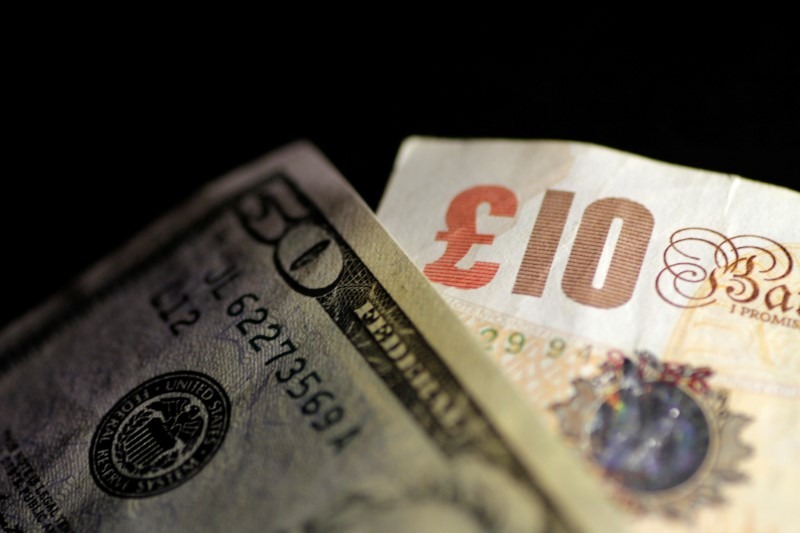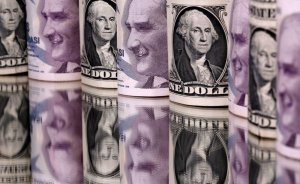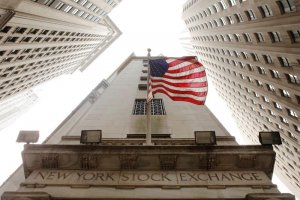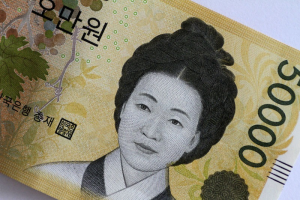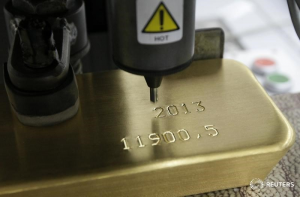The U.S. dollar rose Tuesday, boosted by signs that tensions between China and the U.S., the world’s two largest economies, could be easing as trade talks continued into a second day.
At 04:05 ET (08:05 GMT), the Dollar Index, which tracks the greenback against a basket of six other currencies, climbed 0.3% to 99.210, but this was just above the near six-week lows it touched last week.
Dollar gains on trade talks optimism The dollar has firmed on optimism that trade talks between China and the U.S. in London extended into a second day, with the delegations seeking to defuse a bitter dispute that has widened from tariffs to restrictions over rare earth minerals.
US. President Donald Trump said on Monday that the talks were going well, and that he was “only getting good reports” from his team, prompting growing confidence the talks will spur a further deescalation in the trade war between the two economic giants.
This comes at a crucial time for both economies, which are showing signs of strain from Trump’s cascade of tariff orders since January.
“There doesn’t seem to be a big catalyst for DXY to move outside a tight 98.80 to 99.40 range today. However, look out for any updates on U.S.-China trade talks. Any good news is probably a dollar positive in the current environment,” said analysts at ING, in a note.
Sterling falls on weak jobs data
3rd party Ad. Not an offer or recommendation by Investing.com. See disclosure here or remove ads. In Europe, GBP/USD slipped 0.6% to 1.3472 after U.K. labor market data showed a continued rise in unemployment, adding to signs of a cooling jobs market and potentially reinforcing the case for further interest rate cuts by the Bank of England.
The Office for National Statistics reported that the unemployment rate increased to 4.6% in the three months through April, matching forecasts and up slightly from 4.5% in the previous period.
According to official data, British wages rose by 5.2% in the three months ending April, a slower increase than anticipated and the weakest growth since the third quarter of 2024.
This subdued wage growth may influence the Bank of England’s approach to the timing and pace of future interest rate reductions.
“There is clearly a more negative flavour to these numbers over the past few months, and it reinforces the need to keep cutting rates, else the Bank of England risks slipping behind the curve," said ING.
EUR/USD traded 0.3% lower to 1.1395, with the euro suffering as the dollar appreciated and as traders continued to digest the European Central Bank’s comments after last week’s interest rate cut.
The current pause in ECB rate cuts could be long-lasting unless economic data worsens, in which case there could be further rate cuts this year, policymaker Robert Holzmann told Austrian broadcaster ORF on Monday.
“It’s hard to see EUR/USD breaking out of a 1.1370-1.1430 range today, with directional breakout risks equally balanced,” ING said,

